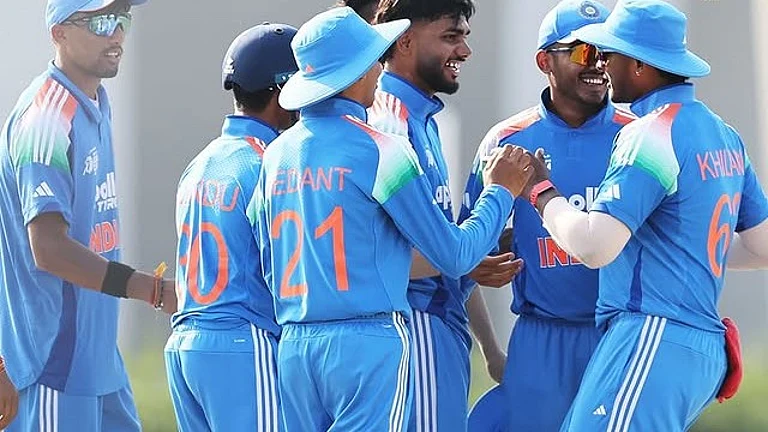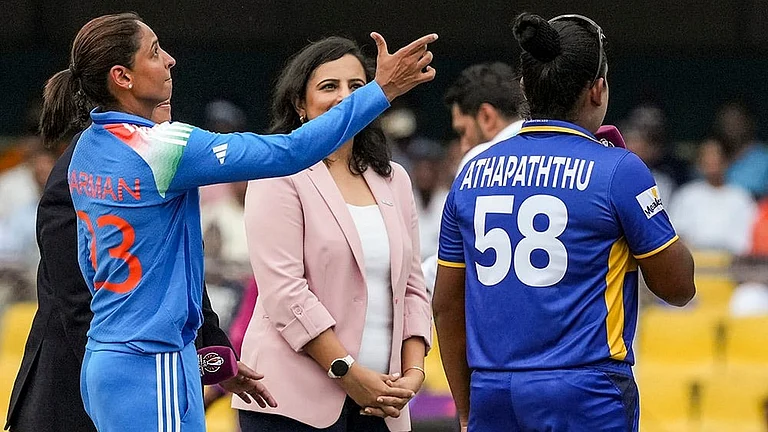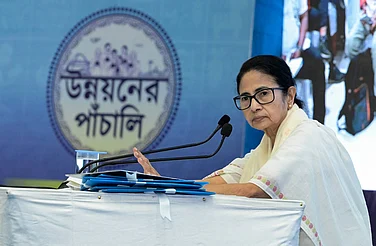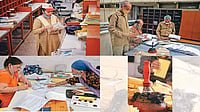Since 2014, Indian Railways has been trying out new innovations. Not all have worked. The newest addition to this list was made in December 2019 with the decision to restructure the country’s largest employer—Indian Railways, which employs around 13 lakh people. The government’s roadmap is unification of the existing eight Group A services into a central service called Indian Railway Management Service (IRMS) and re-organisation of the railway board on functional lines, headed by the chairman re-designated as CEO, with four members and some “independent members”.
Unification of services was recommended by various committees such as Prakash Tandon Committee (1994), Rakesh Mohan Committee (2001), Sam Pitroda Committee (2012) and Bibek Debroy Committee (2015) before the Narendra Modi government finally made the move. As per the government proposal, a common seniority list of 8,500 Group A officers will be prepared as the basis for allotment of positions and postings. The officers are protesting as their promotional avenues are unclear—if it is on the basis of seniority, then specialised operations will suffer, whereas in the other case, it would be difficult to maintain seniority. “In either case, some officers will lose—collateral damage to a big reform—with the option of taking VRS or going on deputation,” explains a senior railway official, adding that the move will deepen the differences between the IAS and other services.
A senior railway board official says the move is flawed as it assumes specialisation is not needed to run the mammoth system. “Morale is most important where safety in operations is of utmost importance. The prospects of Group B gazetted officers are intertwined with the decision taken for reforming the Group A cadre. The integration of these two groups in the future set-up will be a more challenging and time-consuming exercise, but is a pre-requisite for the new structure to be sustainable,” adds the official.
Sanjoy Mookerjee, a former financial commissioner of the railways, points out that there is a very complicated linkage from the bottom to the top. “The move should respond to three basic tests of public policy: Is it good for the nation? Will it enhance the railways’ efficiency and profitability? How do you integrate people who are there right now?” he says. Mookerjee suggests restructuring the workforce into three categories—technical services (engineering disciplines), specialist services (traffic, accounts and personnel) and a management pool to be constituted from these services during mid-career.
ALSO READ: Dubious Calibre
Railway minister Piyush Goyal has been justifying the move stating that departmentalism and the habit of working in silos is hampering the growth of the organisation. “I agree with the minister,” says a railway board member. “Inter-departmental rivalries are common in the day-to-day functioning of the railways. We saw its ugly face during the manufacturing of Train 18.” However, he adds that the move could have been done in a smoother way.
ALSO READ: ‘Private Players Won’t Have Right Of Way’
Mookerjee agrees. “Restructuring should be preceded by internal dialogue to bring railway men and women on board, not only Group A, but also Group B and Group C. It’s a massive, interlinked workforce,” he says. “Integrating the current workforce will be a challenge. They have to keep the railways working for two decades—until the merged services take over the reigns from the present team.”


























